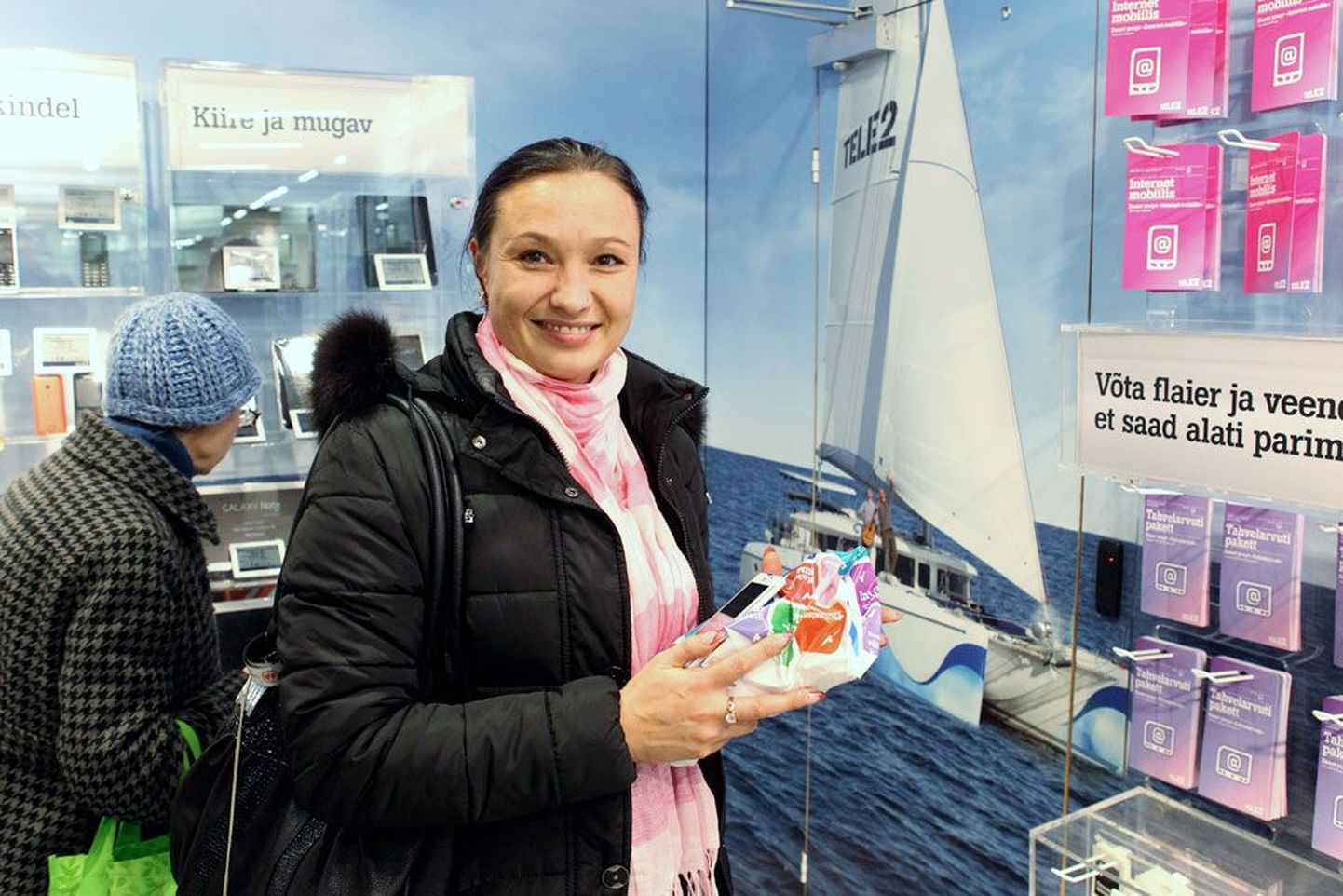Last December, prices dropped 0.1 per cent from November, only rising 1.4 per cent year-on-year.
Asking the folks at shopping centres about how they feel regarding the prices, the talk mainly centres on foodstuffs, prices of which have risen. «Shopping for groceries, the prices are up significantly. Like bread, some have jumped over a euro. With less than €10, one never shops these days,» said Evelin Luidalep.
Electricity – engine for price rise
She admitted, however, that telephone bills have indeed shrunk, these past years. «They are doing these bargain packages, with free call minutes. I did take the one with a whopping 1,000 minutes free of charge; I may never use these up,» added Ms Luidalep.
According to Statistical Office, two thirds of the year’s 2.8 per cent price rise came by the 28.7 per cent electricity hike. The impact was softened by falling prices for transport, communications, education and child care institutions.
Over the year, food prices went up 4.9 per cent, with potato and fresh vegetables leading the pack by 39 and 16 per cent, respectively. Due to falling prices on world market, coffee and sugar became cheaper.
As assured by grocery chains, last year’s food basket price rise was moderate. The Selver CEO Andres Heinver points to various products cheapening on global market, as well as local producers relying more on campaigns, eager to have their stuff included in discounts. «Also, clients make more rational choices than before; they consume wisely and have already gotten used to pick the discount-campaign products,» said Mr Heinver.
